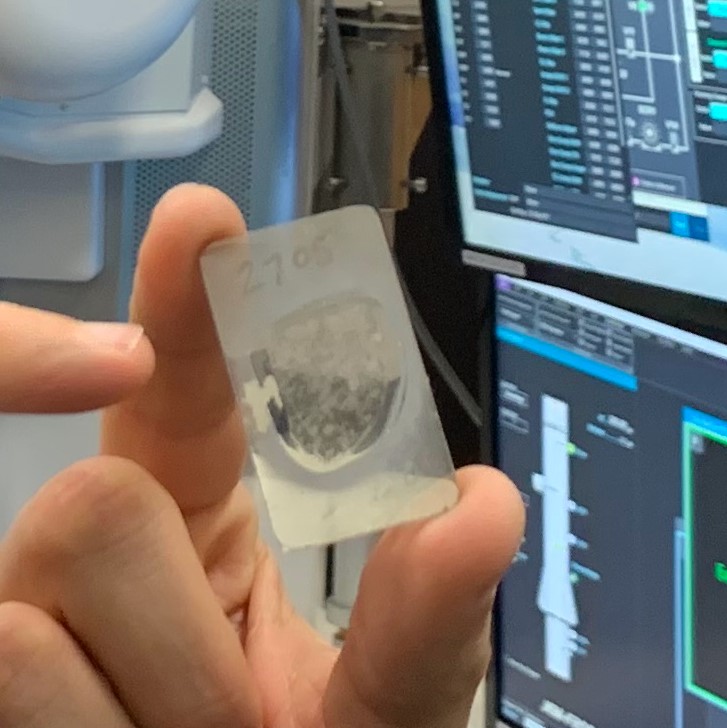According to the new findings, a large asteroid probably collided with the planet collided about 4.5 billion years ago, and the hexagonal structure of lonsdaleite’s atoms, making it harder than the cubic structure of terrestrial diamonds.
The researchers say that means lonsdaleite exists in nature and the largest lonsdaleite crystals are up to a micron in size. It could even have industrial uses. Chemical vapor deposition is one of the ways that people make diamonds in the lab and the authors believe a similar supercritical chemical vapor deposition process took place in the space rocks shortly after a catastrophic collision.

Ureilite meteor sample. Credit: Monash
“Later, lonsdaleite was partially replaced by diamond as the environment cooled and the pressure decreased,” said Professor Andy Tomkins from Monash University. “Nature has thus provided us with a process to try and replicate in industry. We think that lonsdaleite could be used to make tiny, ultra-hard machine parts if we can develop an industrial process that promotes replacement of pre-shaped graphite parts by lonsdaleite.”






Comments